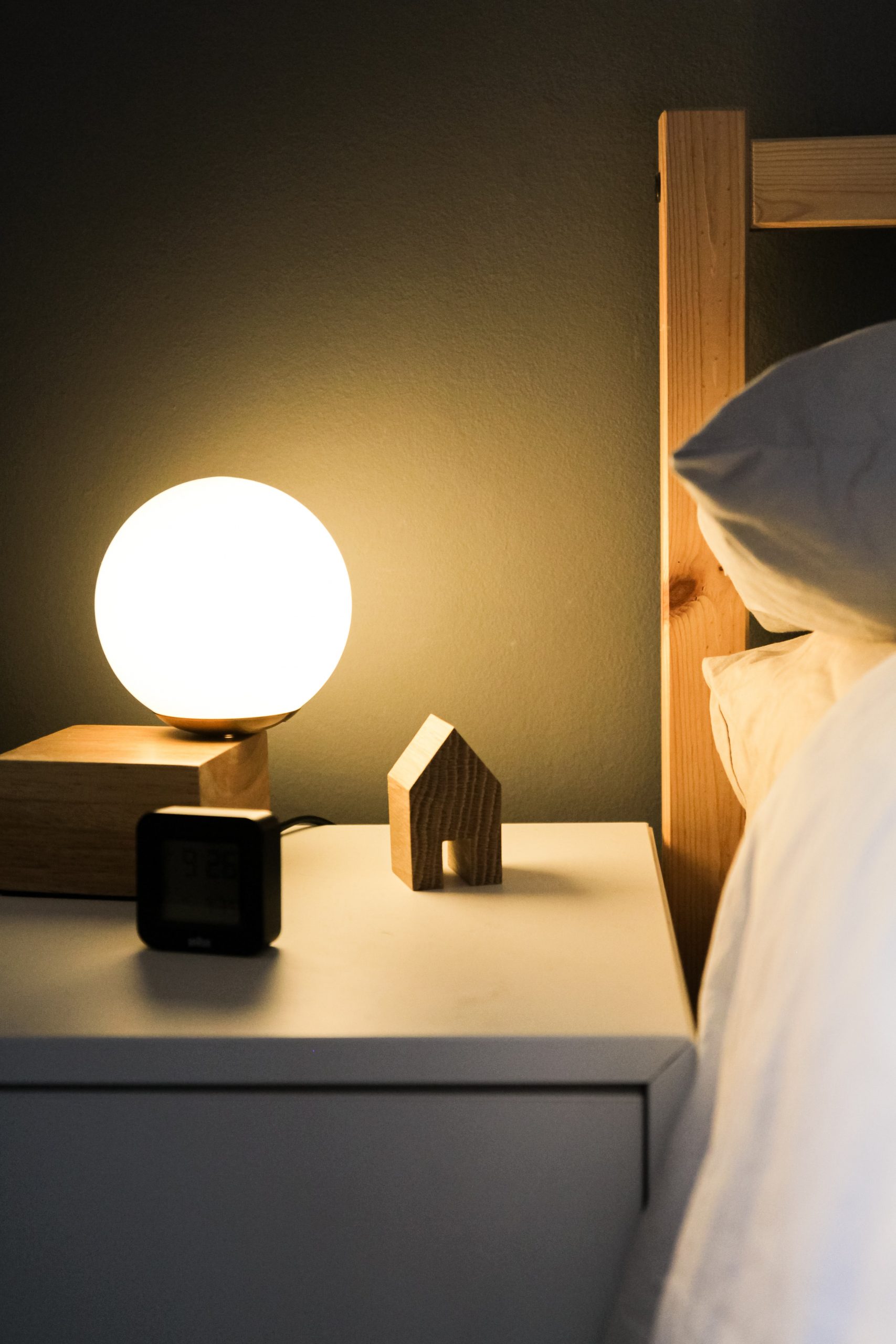Tired until retired: how we’re combatting the burnout epidemic
9 Jun 2022
As a result of pandemic’s impact on working life in the UK, employees are found to be suffering from tiredness and burn-out in ever-increasing numbers.
9 Jun 2022
As a result of pandemic’s impact on working life in the UK, employees are found to be suffering from tiredness and burn-out in ever-increasing numbers.
Hybrid working is increasing the pressure to always be available and breakdowns boundaries separating work and home-life.
Our Resilience Consultant, Kevin Beck, has explained why fatigue is dangerous, how it can be measured and how our R&D Team at Tyler Grange has launched an app to help combat, identify and prevent fatigue for their employees.
Interested in learning more about how it works? Read on.
Acute fatigue is caused by lack of sleep and/or working long hours, particularly if your job is physical or stressful – like many of our on-site consultants.
Typically, we need a certain amount of sleep; for most, this equates to around 7-8 hours per day. It’s important to help us repair and recharge our bodies and brains.
When we are fatigued, it’s no surprise our brain is effectively depleted of resources and doesn’t function properly (even operating the shower feels harder). Our reactions are slower, and our decision-making is impaired.
To see how this impacts our day, we’re going to provide a little insight around our 24-hour cycle.

Circadian rhythms are the physical, mental and behavioural changes that follow the 24-hour cycle generated by the master clock in your brain. They influence many different processes and functions within your body, notably hormone release, digestion and body temperature. Basically, all the things to make us operate properly!
But missing a good night’s sleep is like neglecting a machine’s maintenance ritual. Things start to lag, outputs drop in quality – you get the picture. That’s why it is crucial to get plenty of restful sleep, to help you recover from exercise and re-energise for the next day.
The importance of this can’t be underestimated. If your circadian rhythm is continually being disturbed it can lead to exhaustion, mental and physical illness. You avoid this by limiting exposure to light from electronic devices before sleep and scheduling your exercise and meals for regular times.
Overall, there are five key ways to set your circadian rhythm:
It should go without saying that fatigue can be dangerous. Risk is heightened when driving or operating machinery and is particularly relevant to TG employees who are likely to be carrying out surveys during unsociable hours, working near water or at height. However, aside from the obvious danger, no one should be subject to at work (HSE have laws in place to make sure), fatigue is harmful to an organisation, as tired people make bad decisions and are unproductive.
When unchecked and left to escalate, chronic fatigue can be caused by repeated sleep deprivation and is potentially very damaging to an individual’s physical and mental wellbeing. Again, something we want to work hard to avoid.
But how do you avoid something as subjective as tiredness? We’re glad you asked…
The long and short of it is: it is very difficult to measure fatigue directly. However, it is possible to measure the factors that are likely to lead to fatigue.
Research into road traffic accidents has shown that drivers who have had less than 4 hours of shut eye in the last 24 hours are 11 times more likely to be involved in an accident. It’s also been established that if we have been awake for longer than 17 hours, our reactions and decision-making can be impaired to the same degree as someone who is over the legal drink/drive limit.
So, the indications are there. What are we doing about it?

At TG we encourage employees to avoid long days and ensure that they get ample sleep opportunities. But that’s easy to preach (not so easy to reach).
That’s why we monitor daily and weekly timesheets to identify employees or groups who may be at risk of fatigue and require additional support. We encourage everyone to be alert for and identify signs of fatigue in themselves and others, and we are also introducing technology such as our fancy ‘TG Alertness App’ that you may have heard our MD, Simon, talking about in relation to our four-day week.
This App has been developed to quantify factors that can lead to fatigue and increase individuals’ awareness, to help them make good decisions regarding fatigue. If we know when we are most likely to be at risk, we can take appropriate action, such as choosing to use public transport rather than driving, or booking into a hotel rather than driving home late at night. It’s the little decisions that help keep our Tribe safe, particularly when they’re matching their sleeping patterns to nocturnal animals in survey season!
The app asks the user to make a subjective assessment of their current alertness, collecting details such as:
It then puts them to the test with a short reaction test, along the lines of those carried out by NASA astronauts. Finally, it takes into account the time of day (and therefore the effect of our natural circadian rhythm), before presenting the user with their predicted fatigue risk factor at the time.
Our Tribe are then offered the option to upload their results anonymously to a company database, which allows the company to monitor trends amongst particular workgroups and companywide.
The app gives the user and the company excellent situational awareness about acute fatigue risk, but it also has the potential to explore other factors that lead to chronic fatigue. Pretty nifty, right?
Here’s what our MD, Simon, thinks about it:
“At TG we are always looking for ways to help our Tribe stay safe and enjoy work. Our app is an amazing new tool anyone can use to help understand their fatigue. It’s a brilliant and simple way to keep an eye on it.”
“As we begin our 4 day week journey we also want to see how tiredness and happiness are being affected across all our people. The completely anonymous way the data is collected means we get a real time measure of fatigue and happiness that helps us to make great decisions, and help manage the impacts of working time.”
“I can’t really overestimate how great this little app is.”
Eppie, a Graduate Landscape Consultant, also shared her thoughts:
“I have found the app to be really helpful at picking up the signs that I am at risk of becoming fatigued before I am even aware of it. It further provides useful information on the dangers of fatigue, how it is measured and prevented.”
If you’re wondering ‘what next?’ then be sure to watch this space as we develop our app further to find ways in which it can be used to support employee’s wellbeing.
In the meantime, maybe reign in that bedtime routine of yours. We know how easy it is to get out of hand!